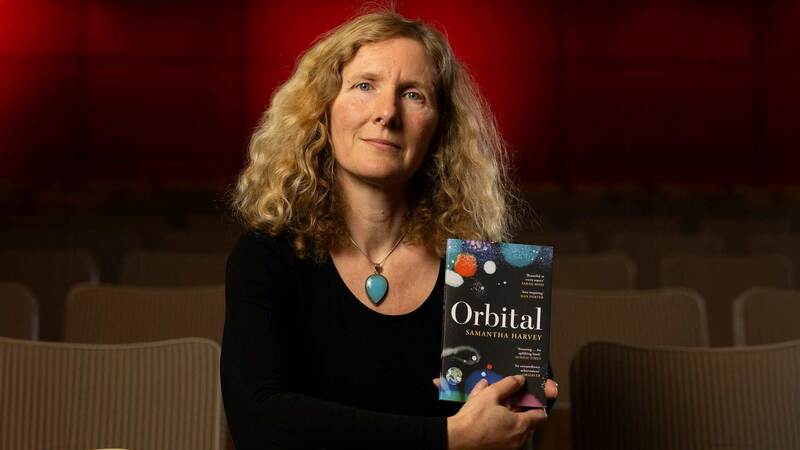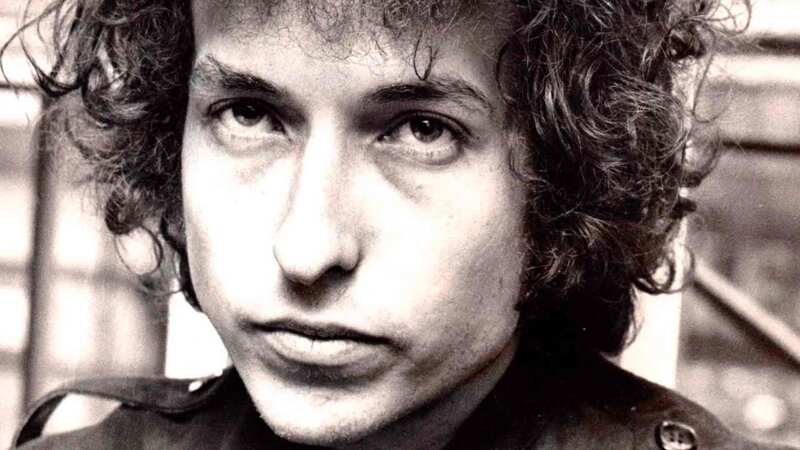You are viewing your 1 free article this month. Login to read more articles.
Rana Dasgupta on the JCB Prize for Literature
The British Indian writer and literary director of the JCB Prize for Literature explains how a prize backed by a construction giant is enhancing the prestige and commercial success of contemporary Indian literature.
Can you tell us why the JCB Literature Prize was set up, and how you became involved?
It was Lord [Anthony] Bamford, chairman of JCB, who initially floated the idea of an Indian literary prize. JCB then reached out to me. As soon as I understood the company’s very serious, long-term intentions, I wanted to get involved. I’d wanted to see a great prize in India for a long time, but these kind of opportunities hardly ever present themselves. JCB wanted nothing other than to create a significant cultural legacy in a country where they had a 40-year history, and the conversation was always, from the beginning, about literature, writers and readers.
What are the long-term goals of the prize? Is its primary goal to boost Indian literary fiction domestically, abroad, or a combination of the two?
The prize exists to enhance the prestige and the commercial success of contemporary Indian literature. Our primary efforts are directed within India, where literary fiction often goes completely unnoticed. Prizes such as the Booker, the Nobel and the Pulitzer are the only ones driving sales, and India’s literary celebrities are among those who have won such prizes. This prize will look harder at the great variety of writing in India today, and seek to bring to prominence literary figures whose extraordinary work has not received international acclaim. A major part of this is our focus on translation: publishers may enter four books for the prize, but two of these must be translations—and they forfeit this quota if they have no translations to enter. In this way, we hope to stimulate much more translation between languages, so that readers may have a much more unified sense of the literature of this multilingual country.
How long is JCB’s commitment to funding the prize?
JCB is not thinking of there being an end to this prize. The internal planning for the prize looks at a 15 to 20-year timeframe. That is the period over which the prize itself will become an essential cultural platform, and when we will accumulate a truly significant archive of contemporary books and writers.
It’s encouraging that translators will be recognised, too.
Can you explain why the prize thought this to be important?
India has 22 official languages, but in reality, there are hundreds. Translation, on the other hand, is meagre. There are far fewer translated books in most Indian bookshops than you might find in countries with a single official language, such as France or Germany. This means that most Indian readers have no idea of the experiences and ideas of most of the country. We live in an era of increasing political and cultural fragmentation, and translating literature seems one way that we can easily create a culture that is broader, more informed and more empathetic.
Can you give us a general overview of the state of Indian literary fiction today?
Indian literature today is flourishing. Until the 1990s, you might say that Indian writers in all languages were preoccupied by questions of authenticity: what, in the wake of empire, might an “authentic” Indian novel look like? This was particularly fraught for writers working in English.
This question has faded, and writers are interested in looking at Indian life in myriad ways: energetic, searching, original. There are successful writers of romance and crime; there are mythological thrillers and coming-of-age novels. And there are works of literature that have found extraordinary forms, situations and characters through which to explore the particular perspectives on our planet that emerge from this part of its landmass.
And are there any particular local languages that are particularly vibrant, or “having a moment”?
There is no doubt that literature in Kannada and Tamil, two languages from the south that are both reflected in our longlist, is particularly vibrant. Both languages play host to a literary culture that is far more evolved and subtle than that, say, of English. Writers in these languages have far greater prominence in their regions than is generally the case elsewhere. Some translations from these languages have become internationally acclaimed in the past few years—as is the case with Ghachar Ghochar by Vivek Shanbhag, who is on our 2018 jury.
From the longlists and shortlists, are there any trends emerging? What is important to the best and brightest Indian writers today?
The variety is more striking than anything else. The range of landscapes, characters—human and inhuman—and chronological settings is very great. One thing that has struck me about the books on our 2018 longlist is the prominence of the land and the ecosystem in shaping stories. Drought, flood and the power of landscape: these are very movingly written about in several of the longlisted novels.
The winner of the RS25Lakh (£26,000) prize will be announced on 27th October.














